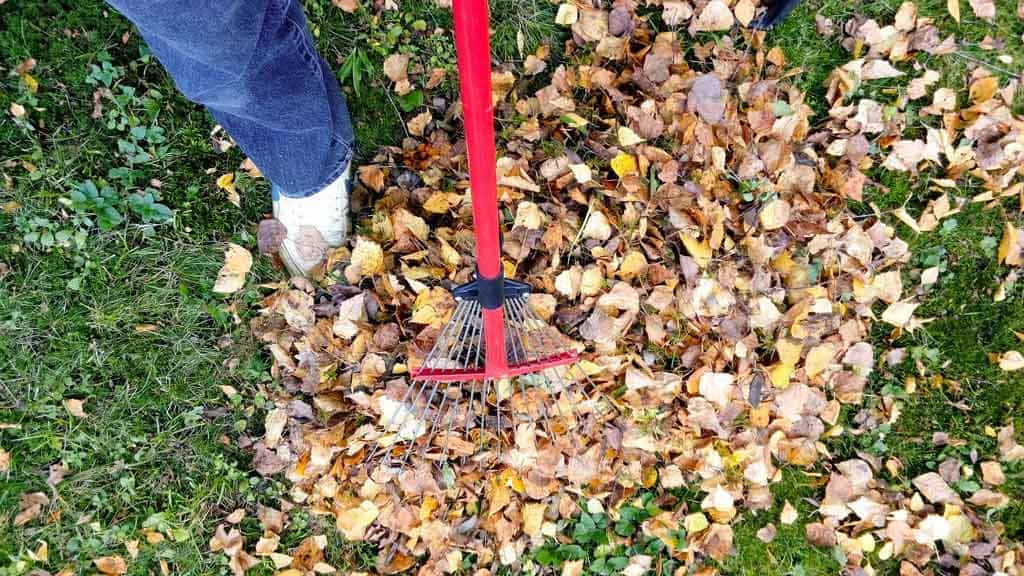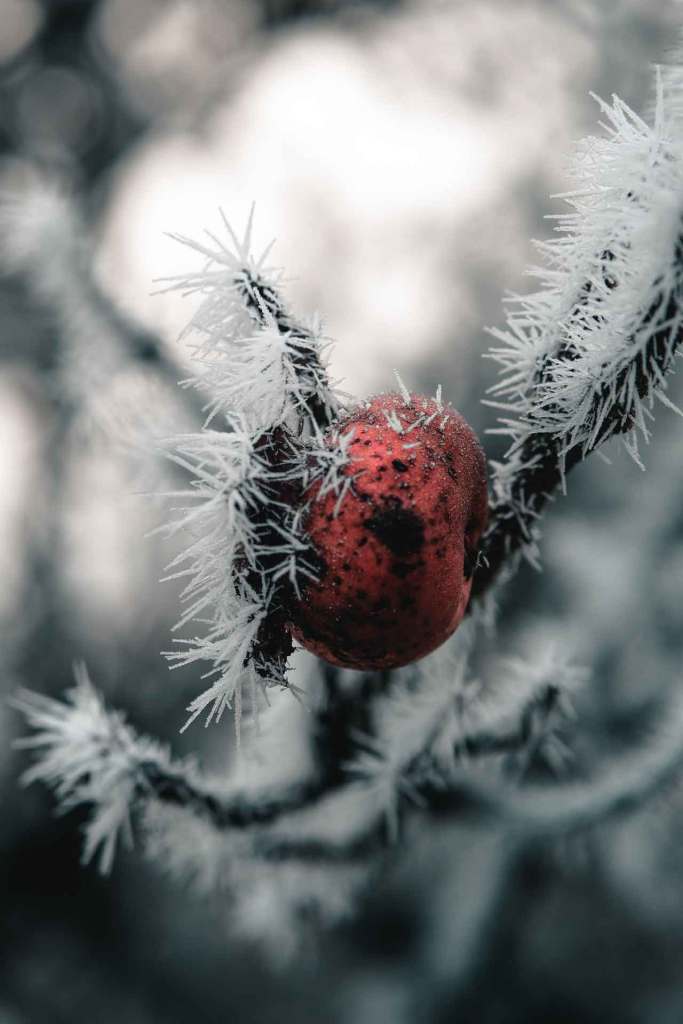Frost damage can become a problem when cold temperatures occur suddenly in spring and autumn — killing shoots, buds, flowers, and bark and giving them a scorched appearance. Fortunately, new growth usually comes through by summer to replace the frost-damaged plant tissues. Here are some facts about frost damage and tips for frost protection on your property.
When Does Frost Damage Occur?
Just like humans, plants acclimate to cold temperatures gradually, and can generally cope with the cold of winter after acclimating to the cold during the fall months. For this reason, the times when plants are the most susceptible to frost damage are during the fall and spring, during a sudden cold snap during winter, or when temperatures drop suddenly after a bout of warm weather.
For plants that are dormant over winter, frost damage is generally not such a big issue as it is for broadleaf evergreens that are especially sensitive to the cold.
How Can You Recognize Frost Damage?
Sudden cold snaps can cause the beds, flowers, and shoots of a plant to curl up, turn a brown or black color, and die. Leaves often appear scorched because the low temperatures cause dehydration in the plant’s tissues. You may notice splits in the bark and wood of a tree that make the tree a safety hazard. Plants and trees that are not suited to low temperatures can even be killed by frost.
In most cases, if your plants are planted in the correct climate zone and watered adequately, the damaged tissues should be replaced with new growth by the summertime and any damage from the cold will usually not be permanent.
Other Conditions that Resemble Frost Damage
When you first notice frost-like symptoms on your property, it’s important to rule out other conditions with similar symptoms to ensure you can treat the problem correctly. Leaf and shoot diseases like bacterial blossom blast and anthracnose can look similar to frost damage, as can the results of phytotoxicity, gas or mechanical injury to roots, or something as simple as dehydration.
It’s also important to realize that the damage caused by freezing-cold air (freezes) and low temperatures in the plant tissues themselves (frost) have the same symptoms but require slightly different prevention strategies.
Strategies for Preventing Frost Damage

Now that we’ve covered a few of the basics, let’s have a look at frost protection strategies for minimizing and recovering from frost damage in your orchard or farm.
Plant the Correct Species for Your Property
The best way to prevent frost damage to your plants is simply to choose species that are well adapted to the location and climate where you live. Buying seedlings locally rather than by mail order is a good way to ensure that the resulting tree will already be adapted to the local conditions. If you know that your region is sensitive to frost, consider planting more frost-hardy species like apples, pears, and plums as opposed to frost-sensitive fruit trees like apricots and almonds.
Within the property that you have available, it can also be helpful to observe which areas are the most affected by frost and which are the least affected. This will help you to select the most appropriate species to plant in each area of the orchard.
Clear the Ground
In summer, keeping the ground mulched helps to retain moisture and prevent excessive evapotranspiration. However, in the winter, the soil needs to be weeded, raked, and left bare so that a maximum amount of sun can reach the soil and warm the plants.
Moisten the Soil
Moist soil retains heat better than dry soil, so it’s important to irrigate at least three days prior to an expected cold snap to help prevent frost damage to your plants. It’s a sensible precaution to irrigate in the morning over winter so that the water has time to be absorbed and doesn’t freeze the roots overnight.
Cover Sensitive Plants Overnight
If you grow almonds or apricots or have frost-sensitive seedlings, it might be necessary to cover the trees with a non-plastic cloth for frost protection. Cover the tops of the trees to reduce the amount of heat loss from the plant and leave the covering open at the bottom so that heat rising from the soil can get in to warm the plant.
Use Incandescent Lights
Add further warmth to your orchard during a chill with incandescent lights that are designed for outdoor use. Make sure that any lights you use are installed correctly to avoid creating an electrical or fire hazard.
Sprinkling and Flooding
A final strategy for preventing frost damage is to wet the foliage continuously with a commercial sprinkler system that is able to tolerate ice. Alternatively, you can flood beneath the plants to prevent the formation of ice on the ground. If employing a sprinkling or flooding strategy, do not combine the strategy with the use of incandescent lights. It’s also important to be aware that plants could become damaged from flooding the soil.
Prune After the New Growth Appears
Even after frost damage can be seen, resist the urge to prune the damaged shoots and branches straight away (unless the branches are about to fall). By the summertime, new growth will have emerged and you will be able to see much more clearly which tissues were completely damaged.
The Chill Factor is Still Important
In this discussion of frost protection and frost damage, it would be remiss not to mention the importance of chill hours for an abundant harvest. While a spring frost can do a lot of harm, chilling hours over winter are essential for many species of temperate fruit and nut trees, including apples, peaches, cherries, and plums. In order to fruit adequately, these species need temperatures between 32°-45°F for over 300 hours during winter. However, very cold temperatures below freezing do not count towards the accumulated total. As an ideal, try to keep your trees in the “chill zone” and out of the “freeze zone” for an abundant harvest with minimal damage.
Prevent Frost Damage with Fruit Growers Supply Company
At Fruit Growers Supply Company, we specialize in helping California’s fruit growers produce healthy and abundant crops and to transport their products safely to market. If frost damage is something that might affect your crops between fall and spring, contact our friendly consultants to ask about crop-specific irrigation systems, outdoor lighting solutions, tree-covers, and anything else you might need. Drop by or call one of our full-service stores in Orange Cove, Woodlake, Riverside, Porterville, or Santa Paula to beat the frost and protect your produce.

You must be logged in to post a comment.